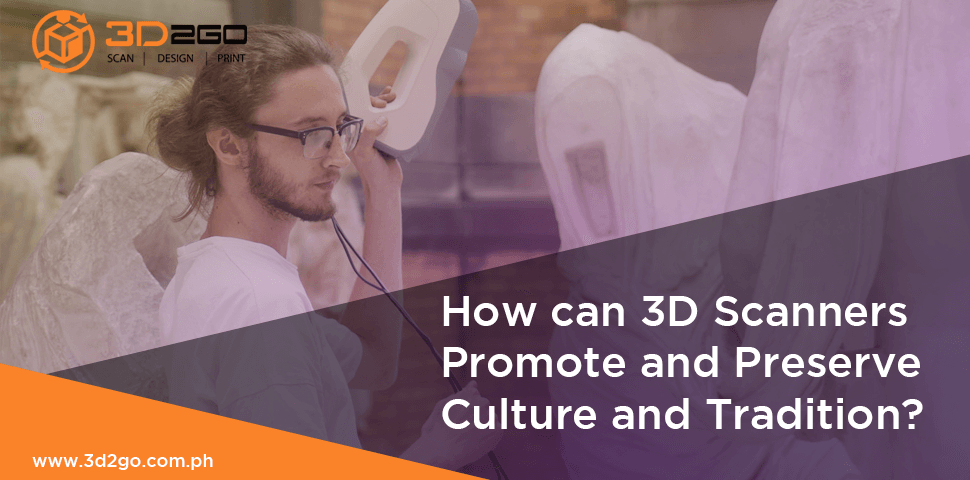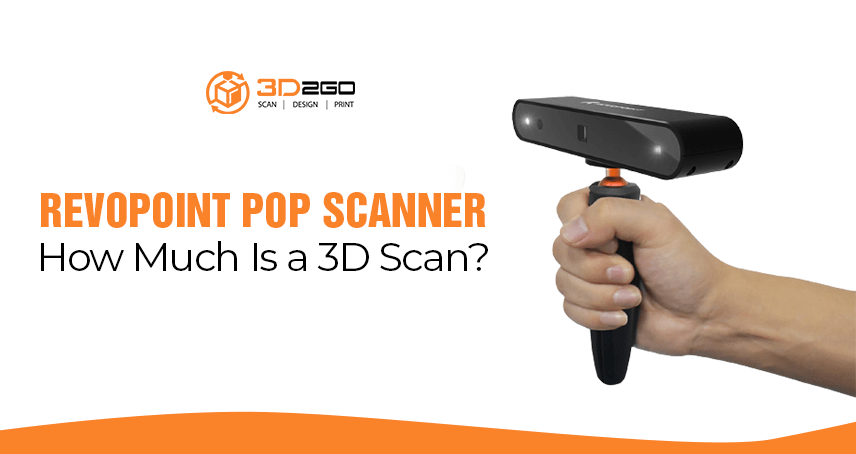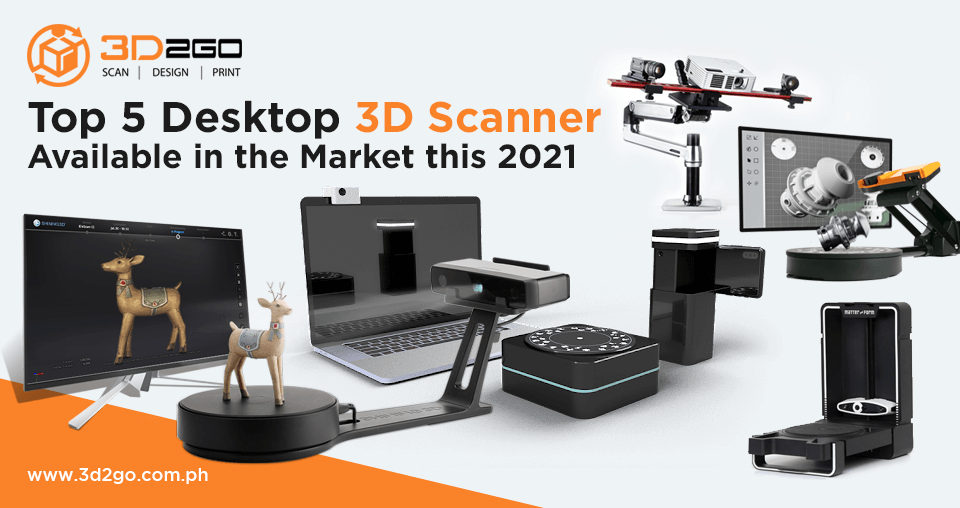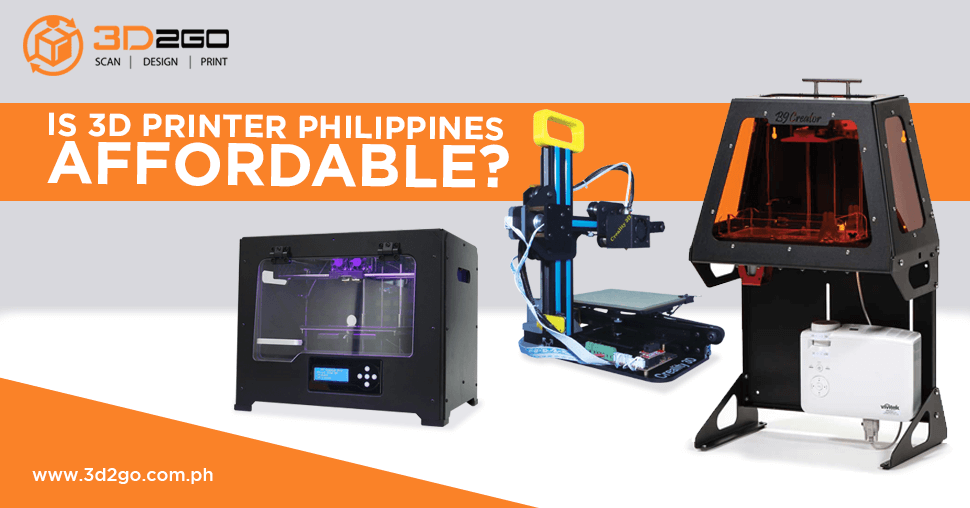
Is 3D Printer Price Philippines Affordable?
June 5, 2022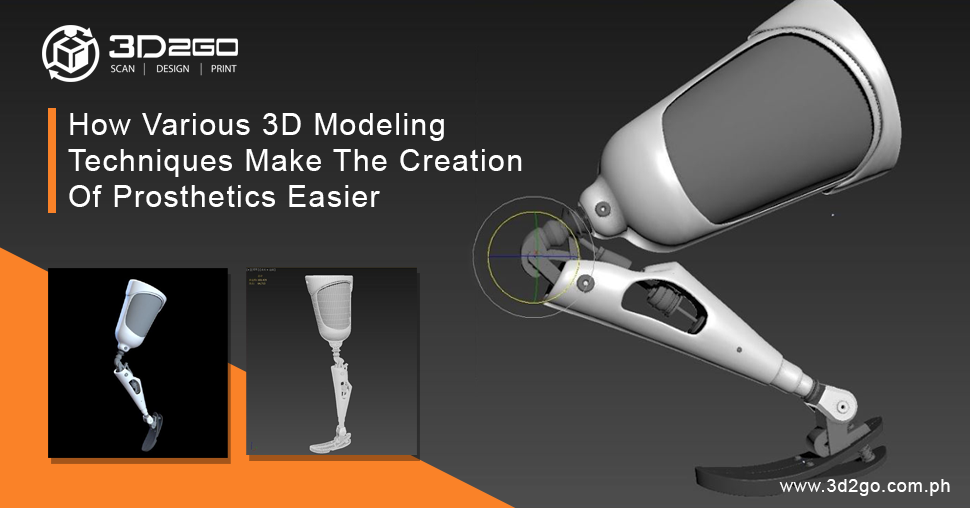
3D Modeling Techniques For Prosthetics-Making
June 5, 2022Who would have thought that 3D Scanners is more than a tool for 3D printing?
When it comes to 3D printing, no one would ever think that museums will be one of its primary customers.
Yes, you heard that right, an institution that collects and cares about artifacts uses 3D printing technology. But how and why?
In this article we’ll take a look at how 3D scanners are used to promote and preserve culture and tradition. We’ll also discuss how revolutionary 3D scanners are to the different industries.
What are 3D Scanners?
3D scanning is a process that collects data on any physical object or space and uses that data to create a digital three-dimensional model. It is also the process of analyzing an object that comes from real objects. The idea behind it is to recreate the shape and appearance into a digital format called 3D models.
A 3D Model is the base of anything 3D printed. It can be useful to reconstruct, analyze, or simulate ideas.
The immediate benefits of 3D scanning include virtual examination and research. The objects can be brought into the virtual workroom, and there is essentially no impact on the object’s physical integrity. But there is much to be gained beyond this
3D scanners are machines that can 3D scan an object. Although, there are different ways possible to create a digital version of a real object like:
- Laser Scanner – A laser is a device that crops a monochromatic intelligible beam of light. Laser is useful in scanning large areas such as cars and statues.
- Lidar Scanner – a scanner with a more directed and focused beam. The difference between Lidar and Laser is that Lidar is made to scan specific areas.
- Photogrammetry – Unlike the traditional 3D scanning, photogrammetry uses photographs to create a model of an object. In addition to requiring a camera of your choice, this technology needs a computer and specialized software in order to create a 3D model.
- Structured Light Scanning – This technology uses trigonometric triangulation, but it works by projecting a pattern of light onto the object to scan and not a laser line (or dot). The pattern is projected on the object using an LCD projector or some other source of stable light.
3D Scanning in Promoting and Preserving Culture and Tradition
3D Scanners basically expand digital study of collections at museums of art.
In 2007 Harvard University recorded the first-ever 3D scanning project to document very old Maya monuments.
In the same article, they’ve written down the perks of using 3D scanners for their study.
Digital scanning creates a clear copy of the scanned item, which helps them to preserve the heritage of the ancient Maya culture. In the middle of the combined threats of worsening environmental conditions, irresponsibility, vandalism, they were able to get a clear scan copy of inscriptions.
It is not a secret that 3D technology has been the go-to of art institutions to show and preserve their pieces.
Lawrence University notes that 3D scanning of museum collections is an awesome use of 3D technologies that provides a way to share rare items with the world.
They add that, “Many museums and libraries have been sharing 3D scans of their collections, leading to an amazing selection of historical artifacts that can be viewed in a web browser, virtual reality headsets, and often even downloaded and 3D printed.”
How does 3D scanning play a role in this? They use 3D scanning devices to scan old objects to make 3D models of them and place them in virtual art functions.
Before the virus outbreak, art institutions used 3D technology to replicate old artifacts. Since old and precious items can wear out due to moisture and light, museums make a 3D model of an object to have it 3D printed instead.
MSU Campus Archeology Program applauded the technology for promoting and preserving culture and tradition with 3D printing.
They wrote, “While digital 3D models allow us to share our findings with a larger audience, 3D printing those digital models gives a much more tangible and tactile representation of the artifact.”
Conclusion
3D scanning can promote and preserve culture and tradition by replicating them so that a wide audience can see, study and appreciate these artifacts.
With the boom of technology, people can now have a deeper understanding of art. Furthermore, the internet allows curators and artists to hold virtual tours on exhibits. And that helps people get closer to their roots.
Different Application of 3D Scanners
3D technology is a versatile creation. Other than helping museums replicate precious artifacts, it can also help other industries to improve their process. Here are some of them:
- Healthcare
Healthcare benefits from 3D technology in so many ways. For one, 3D scanners can help people with fractures to get personalized casts. Other than that, it can also help in designing prosthetics orthotics with complete precision.
- Industrial Design
3D scanners can help the industry to capture the accurate measurement of designs with ease. What usually takes days, can be created in less than hours. 3D scanning can drastically drive efficiency in terms of work and productivity.
- Education
The education sector can also benefit from 3D scanning if they embrace it wholly. The tool can enable students to learn almost anything related to space and dimension. It can also help them understand topography, and how complex machineries work.
- Art and Design
Artists can use 3D scanned items to properly design their arts. 3D scanning also gives artists visual cues how to recreate, create or bend a specific object. Moreover, creation is the essence of art, and with 3D scanning, it is given a different dimension.
- Engineering and Construction
Probably the most common application of 3D technology is in Engineering and Construction. With 3D scanning you can scan buildings and landscapes to have it modified on CAD. 3D scanning allows for more detailed measurements and simplified mechanical investigations. It also helps safety officers to reduce accidents and risks.
- Risk and Safety Response
Did you know you can 3D scan topographies? By using a powerful 3D scanner you can identify danger and safe points in a specific area. It can help the local government to properly rescue or help citizens during disasters or crises.
- Automotives
Parts of old automobiles are hard to find nowadays. But car manufacturing companies can still help you preserve old cars with 3D scanning. By using the technology, they can help you create specialized car parts.
3D Digital Scanner and Service Provider in the Metro
Let us be a part of your project. Contact us and we’ll help your 3D scanning needs.
We are 3D2Go, the premier company for anything 3D in the Philippines. We have the technology and talents to assist you in creating a 3D model of precious items.
We are a one-stop-shop of everything 3D such as 3D scanning, 3D modeling, 3D prototyping and more. By allowing us to help you, you can assure an accurate and satisfying result of your project.
We also sell 3D scanners and printers if you want to do your own DIY project.
Contact us now through our Facebook page or leave us a message here.


